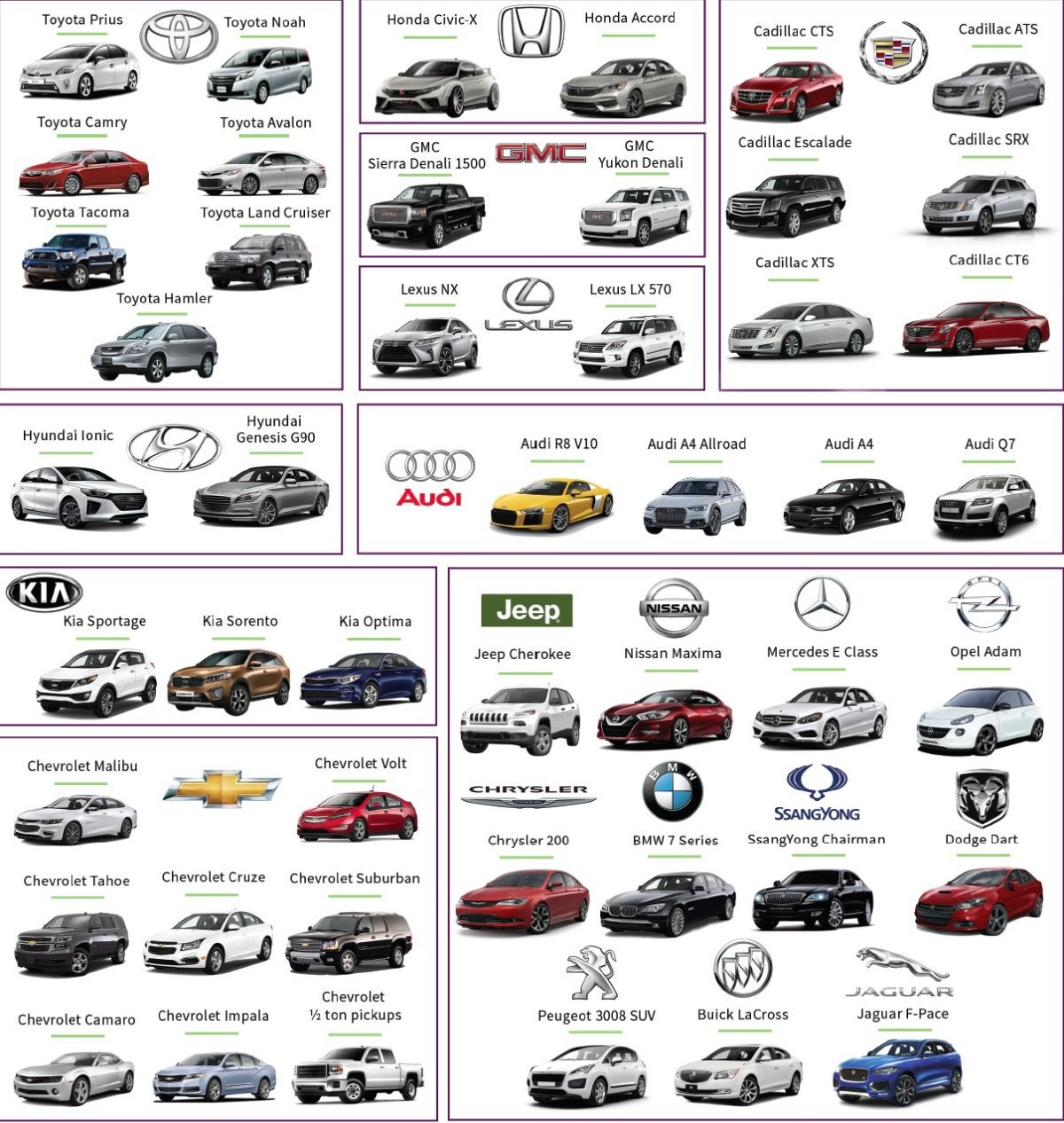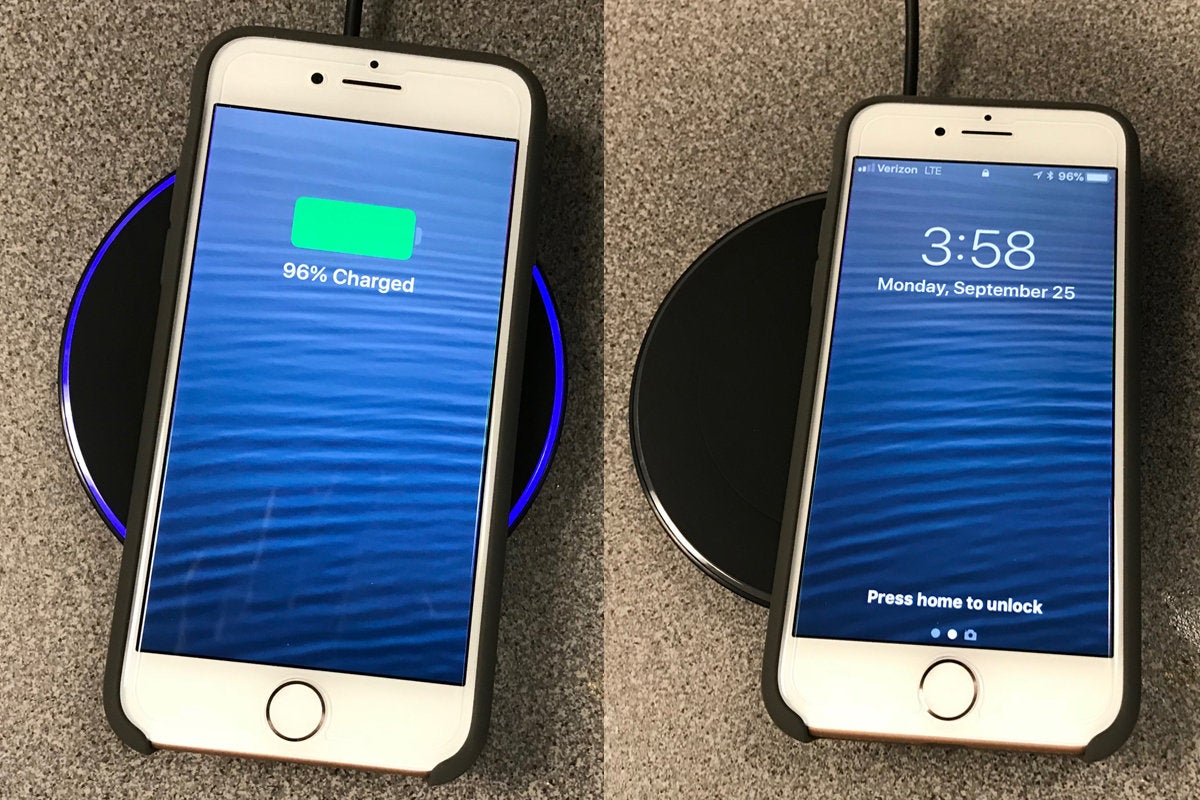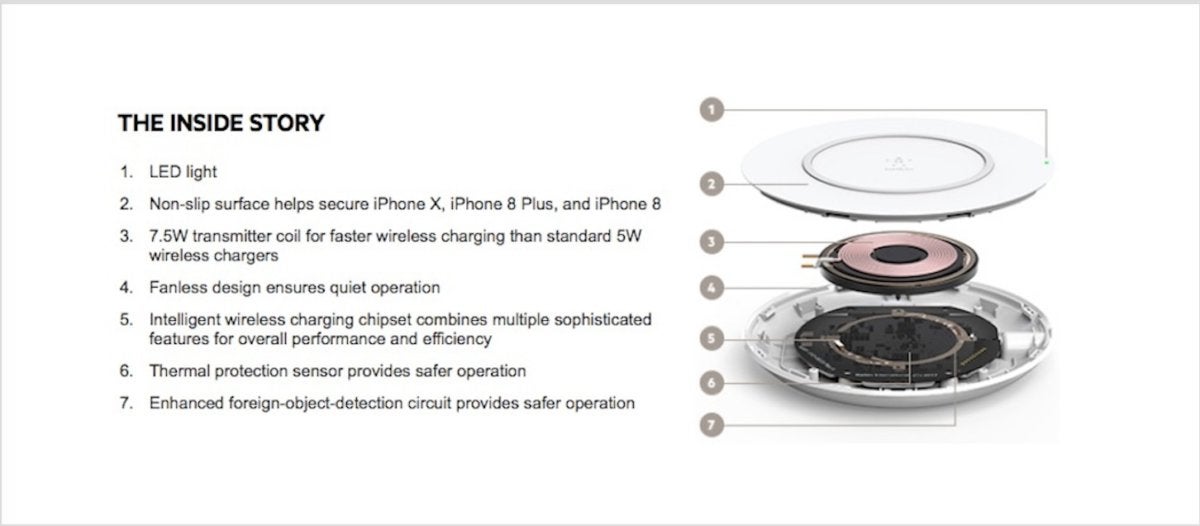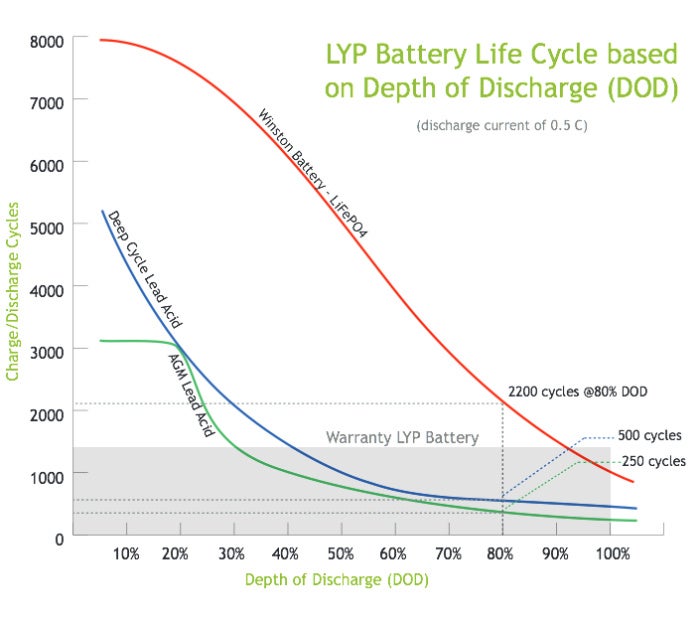Does Continuous Charging of Wireless Devices Affect Battery Life
Is wireless charging bad for your smartphone?
With Apple adopting wireless charging in the iPhone 8 and X, many users will be tempted to leave their phones on an inductive charging pad all day. Will that hurt the battery?
With Apple embracing the Qi standard in the iPhone X and 8/8+, wireless charging is finally becoming more mainstream. But there's an ongoing debate about what it does to smartphone battery life.
With Apple finally bringing native wireless charging to its iPhone lineup, the technology will become far more widely adopted, both among consumers and within corporations.
Apple chose to use the Qi specification, which uses inductive charging technology, for its iPhone 8 and iPhone X lineup of smartphones. Samsung committed to the same specification for its flagship Galaxy smartphones; in all, about 90 smartphone models use Qi today, making it the industry's most popular among three standards.
In addition to desktop charging stations (typically in the form of small charging pads), the automotive marketplace has also adopted in-cabin wireless charging.
Nearly 80 car models, from Audi, Chevrolet and KIA to Hyundai, Nissan and BMW, offer in-cabin wireless charging based on the electromagnetic Qi charging specification.
 Wireless Power Constortium
Wireless Power Constortium Nearly 80 car models now offer Qi-based wireless charging in their cabins.
There are more than 5,000 public Qi charging locations worldwide, according to the Wireless Power Consortium (WPC), the entity in charge of the Qi standard.
Major brands like McDonald's, Marriott, Ibis and others have built Qi into their properties. Airports, such as London Heathrow, Philadelphia and others around the world, have Qi charging stations. And businesses like Facebook, Google, Deloitte, PwC and Cisco have built Qi into their corporate offices.
"Over the last few years, one of the major delays for [manufacturers] wanting to introduce wireless charging solutions, particularly in the automotive in-cabin market, is the wait to discover which standard Apple may choose for any wireless-charging-enabled iPhone," said Vicky Yussuff, IHS lead analyst for wireless power. "Now that Apple has decided to use the Qi standard, transmitter shipments into the in-cabin market will likely surge."
Consumer demand for wireless charging in the office and public spaces is heavily driven by adoption of devices in the mobile phone market, both in terms of volume and technology choices. So now that Apple has chosen to use the Qi standard of wireless charging, it makes it easier for suppliers of chargers in public infrastructure to provide suitable charging solutions that will work with the devices, Yussuff said.
Along with third-party wireless charging manufacturers, Apple also plans to release its own AirPower wireless charging station designed to charge up to three Apple products at once, including the iPhone devices, Apple Watch and Apple AirPods through the charging case.
 Lucas Mearian/Computerworld
Lucas Mearian/Computerworld On the left, a more centered iPhone 8 receives power from an illuminated wireless charging pad. On the right, a slightly askew iPhone 8 cannot connect to the wireless charger.
The wireless power market as a whole is expected to grow to one billion receiver units shipped by 2020, according to IHS.
The 2016 IHS Markit consumer survey showed that one in four people has now used wireless charging, and more than 98% of those would choose the feature again on their next phone. Both consumer demand for the feature and the volume of enabled devices are growing each year.
"Samsung's success with implementing wireless charging over the last two years coupled with Apple's iPhone announcement this week demonstrates that wireless charging technology is clearly achieving mainstream adoption in the mobile phone market, and the scope of its application is expected to quickly follow suit in other applications," Yussuff stated in a recent industry report.
For several years, restaurants, coffee shops and airports have been piloting the use of wireless charging for customer convenience.
With wireless charging adoption becoming widespread, the impulse for many users will be to just plop their smartphones down on the charging pad where it will remain fully charged all day long.
Is it bad to fully charge your smartphone?
With greater ease of charging via wireless technology, the question becomes: Is it bad for your mobile device battery to be fully charged all the time?
Venkat Srinivasan, director of the Argonne Collaborative Center for Energy Storage Science (ACCESS), said that while you cannot overcharge a smartphone or tablet battery, as the electronics will not allow it, keeping it fully charged will hasten its degradation.
"Frankly, the higher you are in the [charge] state, as you creep up to 90%, 95% to 100% charge, the more degradation the battery will see," he said.
As a lithium-ion battery charges and discharges, ions pass back and forth between a positive electrode (made of lithium-cobalt oxide or lithium iron phosphate) and a negative electrode (made of carbon graphite).
As a battery charges, the positive electrode gives off lithium ions that move to the negative electrode and are stored as energy. As the battery discharges, those ions move back to the positive electrode to be used as electricity. As those lithium ions move back and forth, the electrolyte that acts as the transport medium degrades over time.
The higher the state of charge, the faster the electrolyte degrades, Srinivasan said.
Therefore, it's best not only to keep your smartphone below its top charge, but also to keep the charging and discharging pendulum from swinging wildly.
"In general, if you swing the battery charge from top to bottom, that's the worst thing you can to for the life of the battery. If you can cycle the battery between 45% and 55% that's the best thing you can do," Srinivasan said. "But, in general, just make sure you don't keep it fully charged."
 Belkin
Belkin An exploded view of Belkin's new wireless charger.
Srinivasan also cautions against being too sensitive to your smartphone or tablet charging. Most smartphone manufacturers design batteries to last two to three years, so if you're a consumer who typically replaces your phone after that amount of time, you don't need to be overly concerned with charging rates.
Wireless charging and charge cycles
This week, ZDNet published a report by Adrian Kingsley-Hughes who said he is switching back to wired charging for his iPhone X because wirelessly charging had significantly reduced its battery lifespan by more quickly exhausting its limited charge cycles.
Hughes claimed his iPhone X was on pace to accumulate 145 recharge cycles in less than six months; at that rate, the phone's lithium-ion battery would reach its useful 500 recharge cycles in 20 months.
An iPhone 8 and X's battery is designed to retain up to 80% of its original capacity at 500 complete charge cycles, according to Apple.
The problem with wireless charging, Hughes argued, is that the magnetic inductive coils used for wireless charging continue to use the lithium-ion battery to power the device as its on the pad, while a charging cord takes over that responsibility.
Menno Treffers, chairman of the Wireless Power Consortium (WPC), said lithium battery capacity does typically decrease as the recharge cycle number increases.
However, according to industry research, battery lifetime actually increases by four times when the depth of discharge – or amount that the battery is drained – is limited to 50%, rather than 100%, Treffers said.
"In other words, by continually topping off the phone battery during the day, as you might do with wireless charging, and not letting your phone battery dip below 50%, you will actually increase the lifespan of your battery," Treffers said.
 CleanTechnica
CleanTechnica A graph displaying how recharge cycle life can be affected based on the depth of a recharge, i.e., when a battery is topped off more frequently as with wireless charging, it tends to last longer.
Engineers at online repair and device teardown guide iFixIt said the ZDNet author's findings "sound suspicious...and aren't likely 'very scientific.'"
"I'd guess that the battery drain and cycle count is due to usage, not charging method," iFixIt said in an email reply to questions. "The real damage to a battery comes in rapid full-to-empty (and vice versa) charging/discharging, keeping it fully charged, and overheating it."
Not only do wireless chargers tend to keep batteries topped off, and therefore extend their life, they also reduce mechanical wear on the charging port, the iFixIt engineers said.
Regardless of charging habits, batteries are consumable and should be replaceable, iFixIt said.
The debate will continue
As more lithium-ion batteries hit the market, in both consumer electronics and electric vehicles, the rhetoric over whether you should keep those batteries fully charged has heated up, Srinivasan said. His blog posts often receive long comment threads from both sides of the spectrum.
"The debate between degradation due to high voltage hold vs. degradation due to over-cycling/over-discharge is a hot one," Daniel Steingart, an associate professor in the Department of Mechanical and Aerospace Engineering at Princeton University, stated in a recent blog post.
Leaving your smartphone or tablet fully charged will speed the degradation of the battery, he said. But, he added, it's not that simple.
The damage from fully charging your battery has lessened over time with more sophisticated mobile battery management systems and incremental improvements in the battery cell technology itself, he said. For example, in 2007, when Steingart was a graduate student, taking a battery cell repeatedly to 4.2 volts meant "an early death" for it. he said. Today, the same damage to modern battery cells would require at least 4.4 volts.
Even though battery cell technology has improved, there are still too many industry variables to know definitively whether one battery will show greater endurance than another based on continuous charging.
"We simply don't know, without a complicated tear-down and reverse engineering of the battery and battery management system, what the actual state of charge when the phone says '100%' is," Steingart said. "Some apps give voltage indication, yes, but without knowing the specific formulation and composition of the cathode, we don't know exactly."
BMS systems stop a smartphone or tablet from continually charging through the use of a sophisticated algorithm that balances how long the phone will last today vs. how long the battery will last, according to Steingart. If not for BMS technology, constantly charging your phone would kill the battery after a few months, he said.
 WiTricity
WiTricity Dell's new Latitude 7285 2-in-1 laptop and wireless charging pad.
Steingart argued that the convenience of having a fully charged phone outweighs the risk of long-term battery damage. "It's generally pretty straightforward to change a battery in a phone or have someone do it for you for [about] $20," he said. "An extra $20 for a few years of convenience? Sign me up."
Apple charges a bit more for a battery replacement; regardless of the model you own, it's $79. If you have an AppleCare extended warranty, then it's free.
"Yes, a cell phone is an investment," Steingart said, "but relative to the incremental cost of a new battery, there are much, much more important things to worry about in the world."
Copyright © 2018 IDG Communications, Inc.
Source: https://www.computerworld.com/article/3229750/is-wireless-charging-bad-for-your-smartphone.html
0 Response to "Does Continuous Charging of Wireless Devices Affect Battery Life"
Postar um comentário